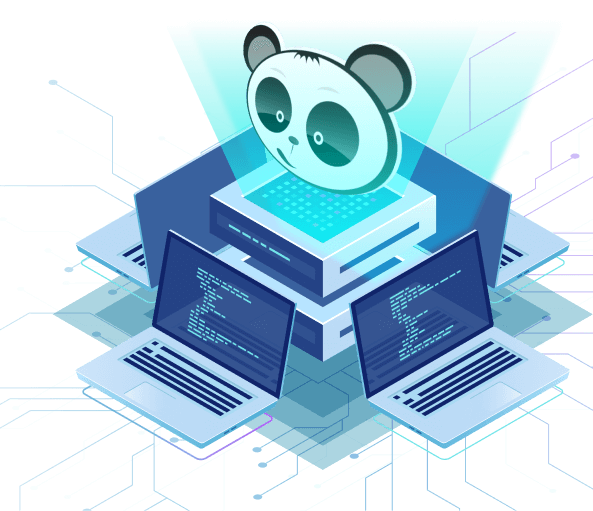Công Ty TNHH MONA HOST
Hotline:
1900 636 648
Nếu bạn là khách thăm website này
Bạn vui lòng quay lại sau
Nếu bạn là chủ website
